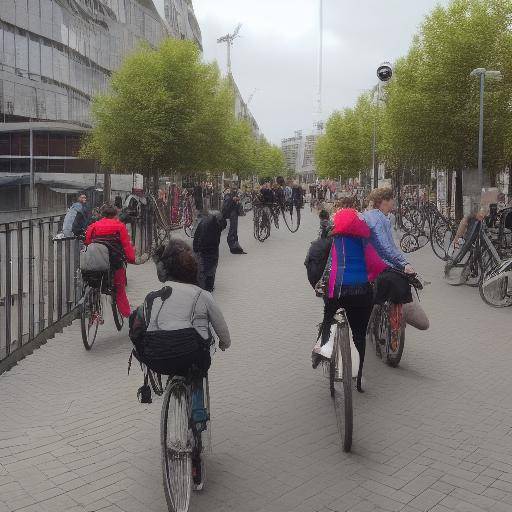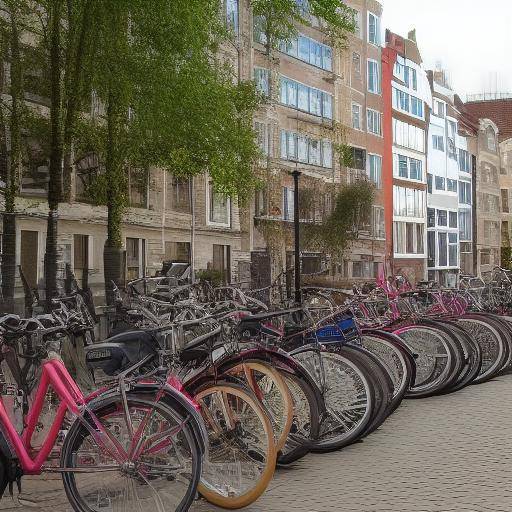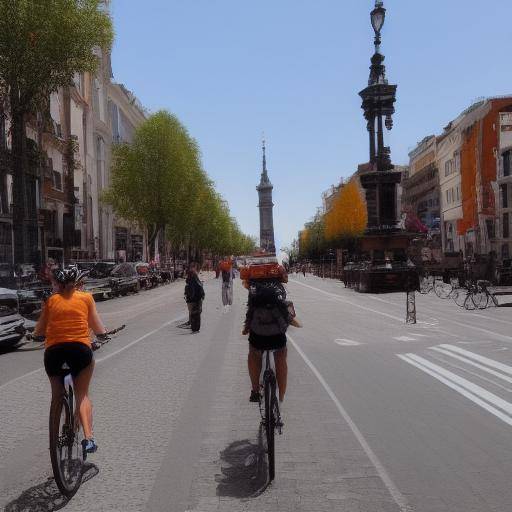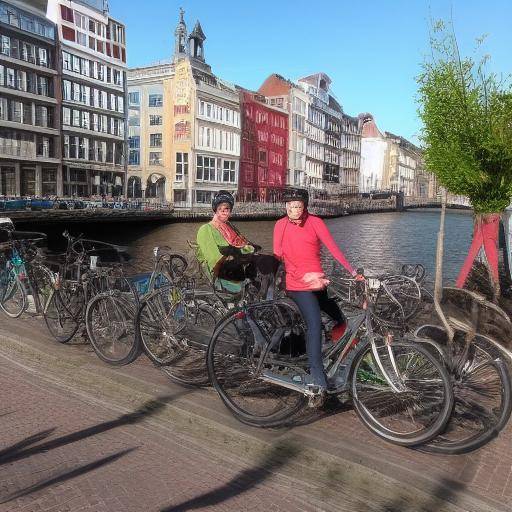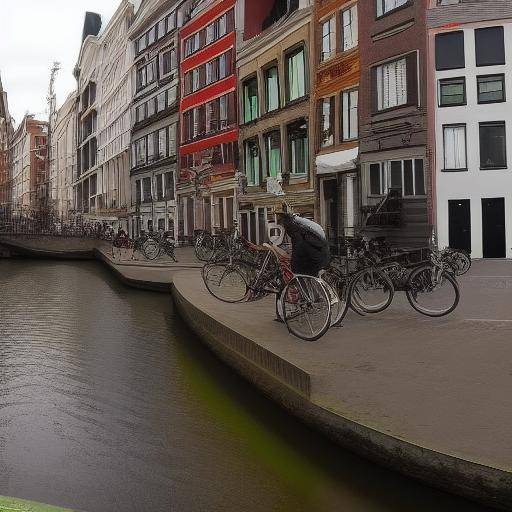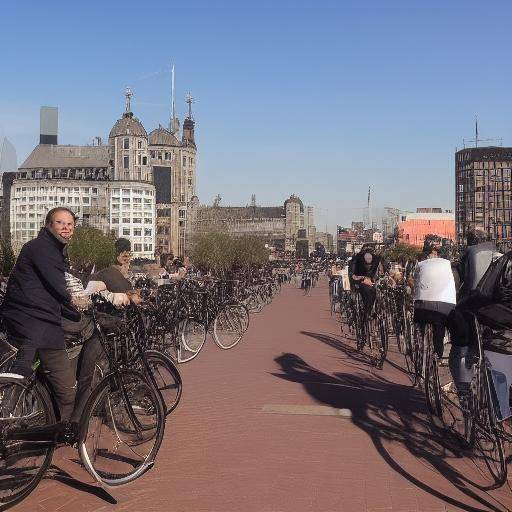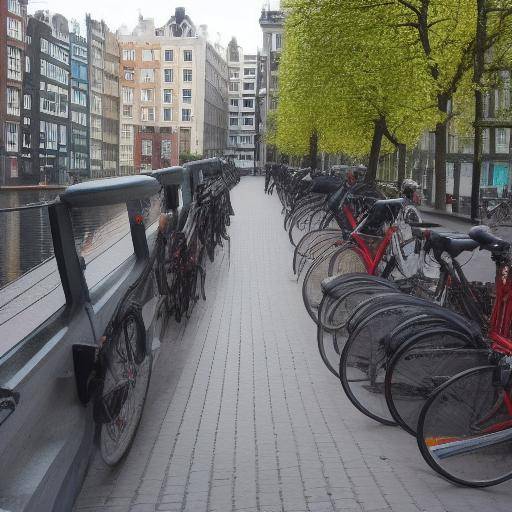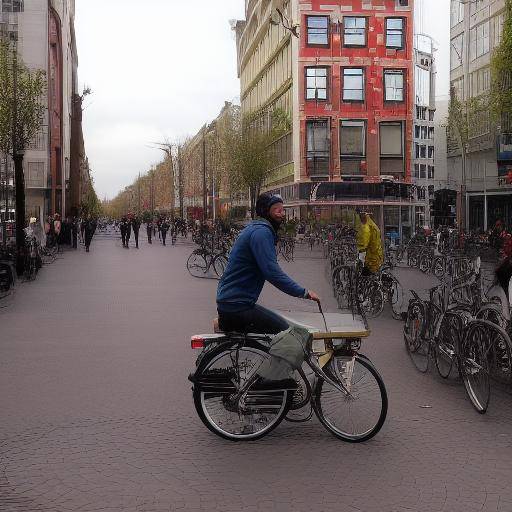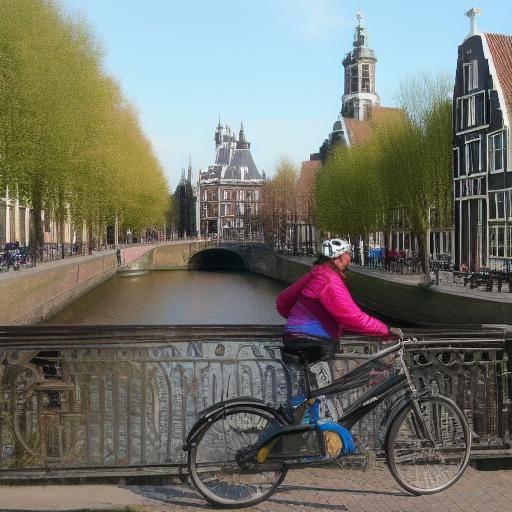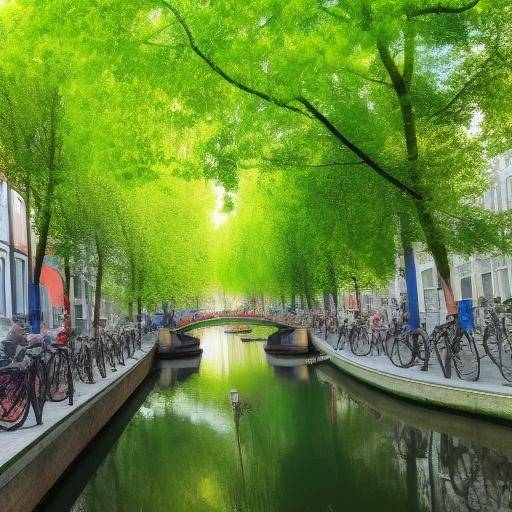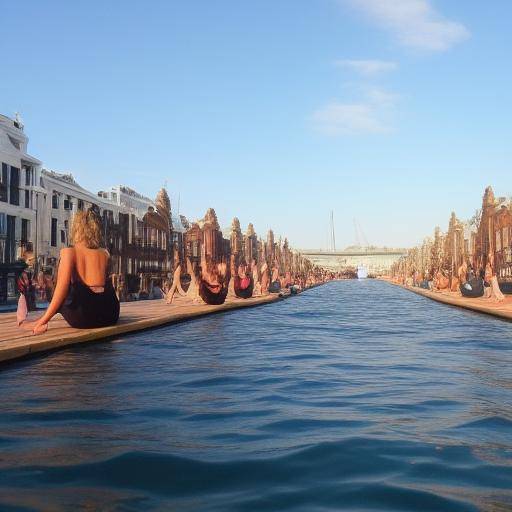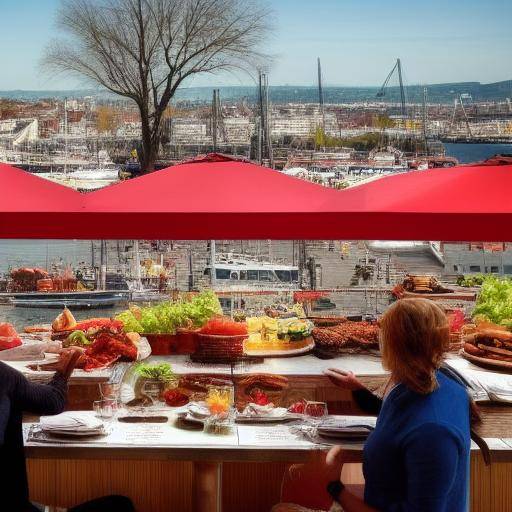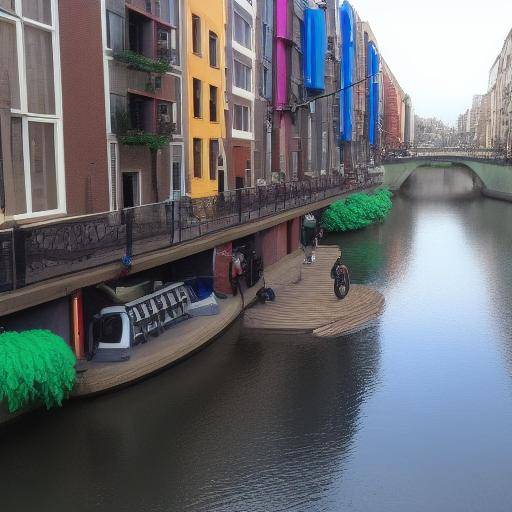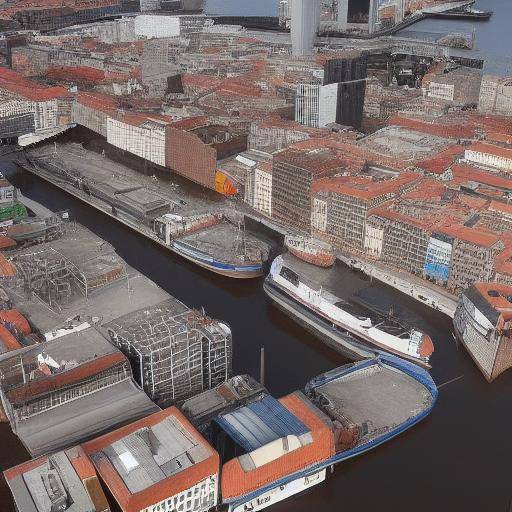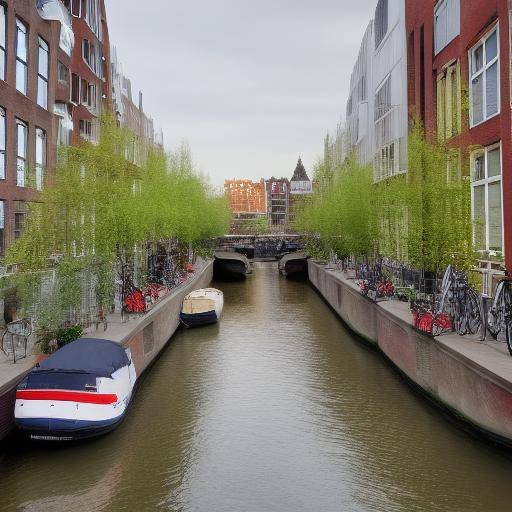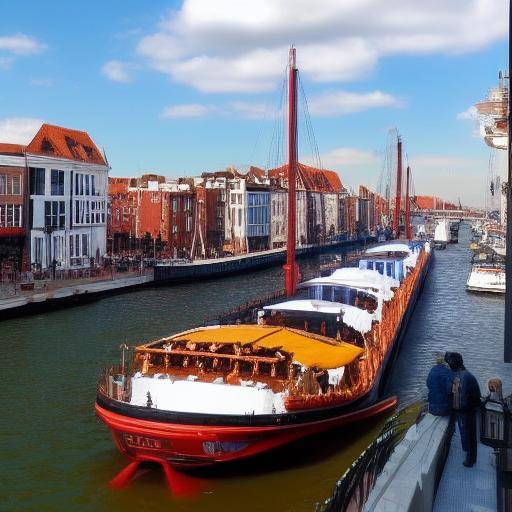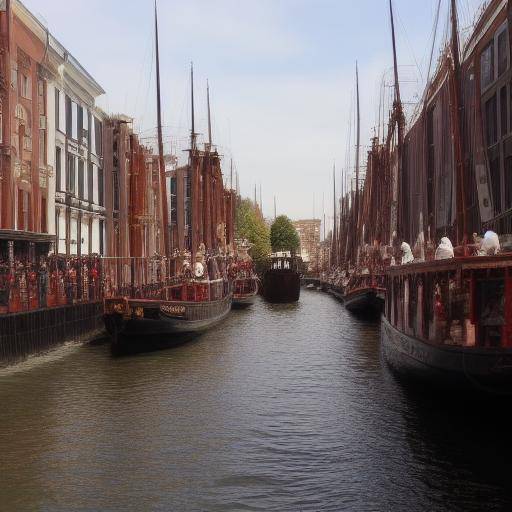
The canals of Amsterdam, a jewel of the Netherlands, have witnessed centuries of history, tradition and unique architecture. These waterways, which constitute an impressive system of more than 100 kilometres in length, have not only influenced the identity and development of the city, but have also left a mark on the culture and economy of the region. In this article, we will thoroughly explore the history of the canals of Amsterdam, its importance to the Netherlands and the highlights that have marked its evolution over the years.
Introduction
A View to the Amsterdam Canals
Amsterdam, the capital of the Netherlands, is world-famously known for its picturesque canals that intertwine throughout the city. The three main channels, Herengracht, Prinsengracht and Keizersgracht, together with the canal district, have been recognized as a World Heritage Site by UNESCO. Its waters have been an integral part of the history, everyday life and distinctive character of Amsterdam, becoming an icon that attracts visitors from all over the world.
What you will learn
Throughout this article, we will enter the rich history of the canals of Amsterdam, from their origins to the role they play today. We will explore its impact on the architecture, economy and culture of the Netherlands, as well as its fascinating relevance over the centuries. In addition, we will present significant data, historical anecdotes and deep reflections on their current and future importance.
History and Background
The Origen of the Amsterdam Canals
The beginnings of the canals of Amsterdam date back to the 17th century, at the height of the Dutch Golden Age. During this time, the city experienced rapid economic and demographic growth, leading to the planning and construction of a canal system to facilitate trade and urban expansion. Visionary engineers traced these channels with a unique approach, combining functionality with aesthetics, designing a network that continues to amaze the world today.
The Auge and the Fall: Channel Evolution
As Amsterdam became a commercial and cultural centre, the canals played a crucial role in its development. The construction of homes along the canals, as well as luxurious palaces and warehouses, demonstrated the direct impact of these waterways on the lives of citizens and the attractiveness of the city for merchants and travellers. However, with the change of commercial dynamics and the advance of industrialization, the channels experienced a significant decline in their importance as commercial arteries, although their historical and tourist value remained intact.
Modern Revitalization and Cultural Heritage
In the twentieth century, the canals of Amsterdam faced significant challenges, including pollution and degradation of their natural environment. However, the recognition of its historical and cultural value led to a complete revitalization. Currently, channels are not only a world-renowned tourist attraction, but also continue to play key roles in urban life and the city's transport system. This evolution provides a fascinating study of the adaptation of historical heritage to modern needs.
In-Depth Analysis
Economic and Social Importance of Channels
The influence of the canals of Amsterdam transcends its architectural beauty, as they have played a crucial role in the Dutch economy and society. From its role as freight transport hubs to its influence on urban planning and resource distribution, the channels have been critical to the economic development of Amsterdam and the Netherlands in general.
In addition to its economic function, the canals have served as a vital component of the city's social life. The popular aquatic activities such as boat trips and festive celebrations taking place in them have created a unique connection between the inhabitants and their channels, consolidating their relevance in local culture.
Current Challenges and Trends
Despite its eternal value, the canals of Amsterdam face significant challenges in the modern era, including tourism pressure, heritage conservation and sustainable management of the aquatic environment. This situation requires an integral approach that preserves its historical authenticity while adapting to current needs. Efforts to balance tourism with the preservation of the natural environment, as well as efforts to ensure long-term sustainability, demonstrate a continuing commitment to the protection and promotion of these historic treasures.
Comparative analysis
Amsterdam Canals vs. Other Channel Networks in the Netherlands
In exploring the canals of Amsterdam in the broader context of the Netherlands, significant differences and similarities are revealed. While the canals of Amsterdam represent a marked example of urban planning and cultural heritage, other Dutch cities also host impressive aquatic systems that play unique roles in their respective communities. The comparison of these systems allows us to appreciate the diversity and cultural importance that underlies in the wealth of Dutch channels.
Relationship between Channel History and National Identity
The history of the canals of Amsterdam goes beyond its mere urban function, as it has contributed significantly to the creation of a distinctive national identity for the Netherlands. The preservation and promotion of these channels are not only symbols of historical pride, but also living testimonies of the nation's rich maritime heritage. This connection between channel history and national identity is a crucial issue for understanding the wider image of the Netherlands.
Practical Tips and Accessible Orientation
In the context of the Amsterdam channels, it is important to highlight some practical recommendations for those seeking to explore them, understand their history and enjoy their benefits. Some of these suggestions include:
- Participate in boat tours that offer a unique perspective on the history of channels.
- Visit museums and exhibitions dedicated to maritime history and channels.
- Take advantage of opportunities to engage in community activities related to channel conservation.
These actions not only enrich personal experience, but also contribute to the preservation and continued promotion of these cultural assets.
Conclusions and FAQs
Conclusions
In conclusion, the history of the canals of Amsterdam represents a lasting testimony of human ingenuity, the connection with nature and historical heritage. Its evolution over the centuries reflects a balance between tradition and modernity, where its economic, social and cultural relevance persists so far. In exploring its contemporary history, challenges and vitality, we can appreciate the magnitude of its legacy and the importance of safeguarding them for generations to come.
Being an integral part of the Dutch identity, the canals of Amsterdam deserve a prominent place in the historical narrative and collective consciousness of society. It is through its care, appreciation and continuous understanding that we will be able to preserve this unique legacy for future generations.
Frequently asked questions
What is the story behind the construction of Amsterdam's canals?
The construction of the canals of Amsterdam dates back to the seventeenth century, during the Dutch Golden Age, in response to the rapid economic and demographic growth of the city.
What is the importance of Amsterdam's channels in contemporary society?
Today, the canals of Amsterdam play a crucial role in the economy, social life and tourist attraction of the city. In addition to its historical relevance, the channels continue to be important transport routes and emblematic sites for events and celebrations.
How are the current challenges related to the conservation and sustainable management of the Amsterdam Canals addressed?
The Dutch authorities are implementing comprehensive strategies that seek to balance the preservation of historical heritage with the sustainable management of aquatic resources. These initiatives include measures to control tourism, preserve water quality and preserve historical architecture.
What is the relationship between the canals of Amsterdam and the Dutch culture?
The canals of Amsterdam are intrinsically linked to the national identity and the rich maritime heritage of the Netherlands. Its history and traditions have left a profound mark on Dutch culture, a symbol of pride and shared heritage.
What activities would I recommend for those interested in exploring the canals of Amsterdam?
The recommended activities include boat tours that offer a unique view of the history of the canals, visits to museums and maritime exhibitions, and participation in community initiatives related to the conservation of the channels.
What are the future plans to preserve and promote Amsterdam's canals?
The historical heritage conservation authorities are working on various projects aimed at ensuring the preservation of the Amsterdam canals for future generations. These plans include sustainable management measures, infrastructure investments and continued promotion of the cultural value of channels.
In short, the Amsterdam channels represent a lasting link between the past, the present and the future of the Netherlands. Its history, cultural importance and contemporary challenges reveal the complexity and continuing relevance of these impressive monuments of engineering and heritage. With a deeper understanding of its historical context and its current impact, the canals of Amsterdam will continue to inspire admiration and astonishment throughout the generations to come.



